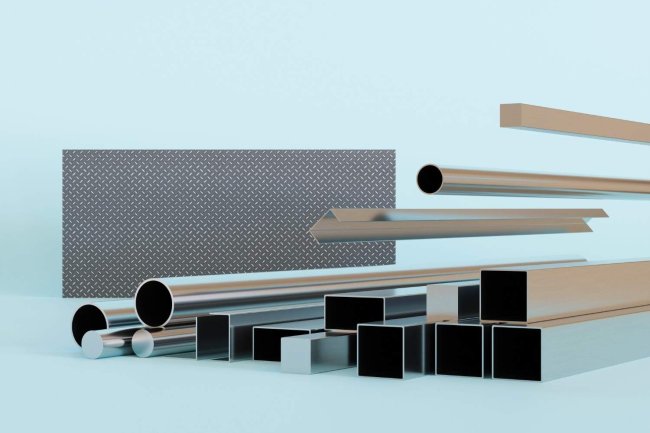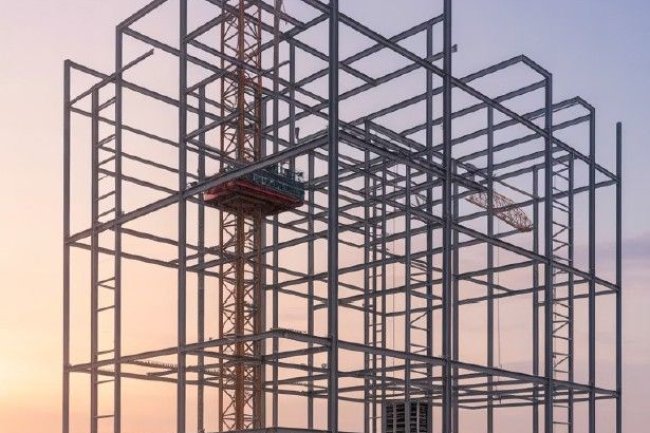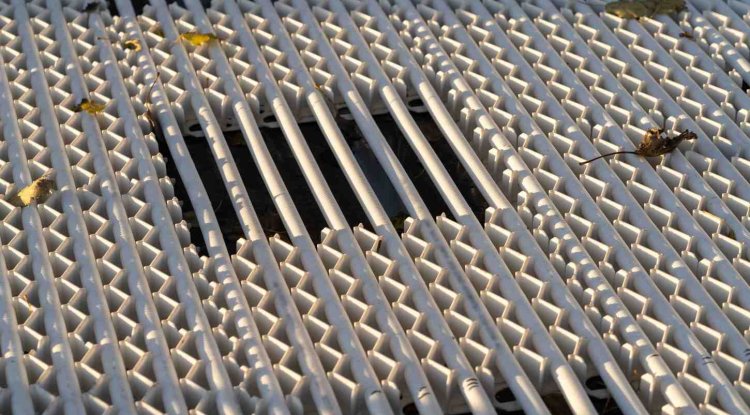Structural Design for Modern Buildings
Welcome to this comprehensive guide on structural design for modern buildings. We'll explore the fundamental principles, innovative techniques, and essential considerations that define today's architectural landscape. Whether you're an experienced architect or an aspiring engineer, this blog offers valuable insights to enhance your approach to structural design.

Fundamental Principles of Structural Design
|
1. Load Distribution
Understanding how gravity, wind, seismic, and live loads transfer through a structure is critical. Modern buildings must efficiently channel these forces to the foundation while maintaining structural integrity.
|
2. Material Selection
Each material—steel, concrete, timber, or composites—offers unique strength-to-weight ratios, durability profiles, and aesthetic possibilities. The right selection balances performance requirements with sustainability goals.
|
|
3. Stability Systems
Modern buildings rely on strategic combinations of shear walls, moment frames, braced frames, and core systems to resist lateral forces while preserving architectural freedom.
|
Moreover, these principles must work together harmoniously, creating a balanced system where redundancy ensures safety without excessive material use. Each decision impacts not only structural performance but also construction costs and environmental footprint.
Innovative Structural Systems for Modern Architecture
|
Breaking Traditional Boundaries
These innovative systems not only provide structural solutions but also define architectural expression, creating signature buildings with distinctive visual identities. |
|
Material Innovations Transforming Structural Design
|
Ultra-High-Performance Concrete
With compressive strengths exceeding 29,000 psi, UHPC enables dramatically thinner structural elements. Additionally, its durability reduces maintenance costs throughout building lifecycles. |
Mass Timber Technology
Cross-laminated timber (CLT) and glulam products offer strength comparable to concrete while sequestering carbon. Furthermore, prefabrication accelerates construction schedules dramatically. |
|
Advanced Steel Alloys
High-strength steel grades reduce member sizes and overall building weight. Consequently, foundations can be smaller, providing significant cost savings on complex sites. |
Computational Design and Analysis Tools
|
|
The landscape of structural design has been revolutionized by advanced computational tools. Parametric modeling now allows engineers to rapidly iterate through thousands of design variations, optimizing structures for multiple performance criteria simultaneously. Building Information Modeling (BIM) further enhances this process by integrating structural systems with mechanical, electrical, and plumbing elements. This helps in identifying conflicts before construction begins, improving coordination and efficiency across disciplines. Meanwhile, Finite Element Analysis (FEA) provides unprecedented accuracy in predicting structural behavior under complex loading scenarios. These digital tools not only improve design quality but also reduce risk, minimize material waste, and enable more ambitious architectural expressions than ever before. |
How Consac Supports Advanced Structural Design
|
Comprehensive Structural Solutions
Our collaborative approach ensures structural systems that not only meet safety and performance requirements but also enhance architectural vision and project sustainability goals. |
|
What's Your Reaction?



















